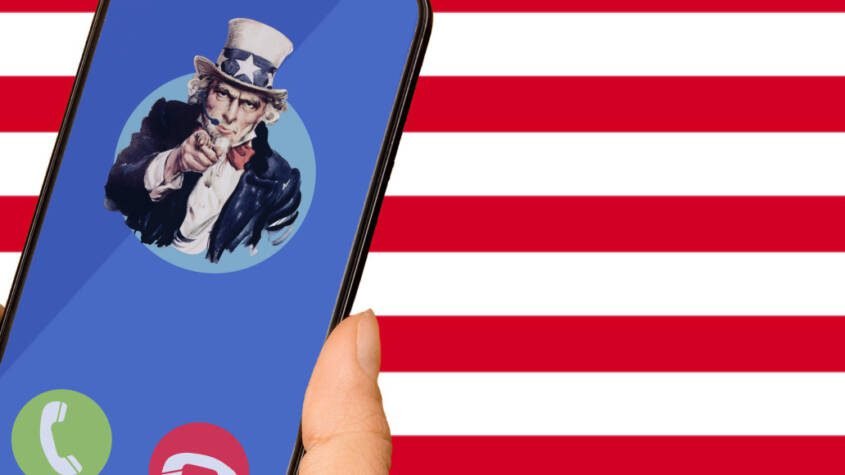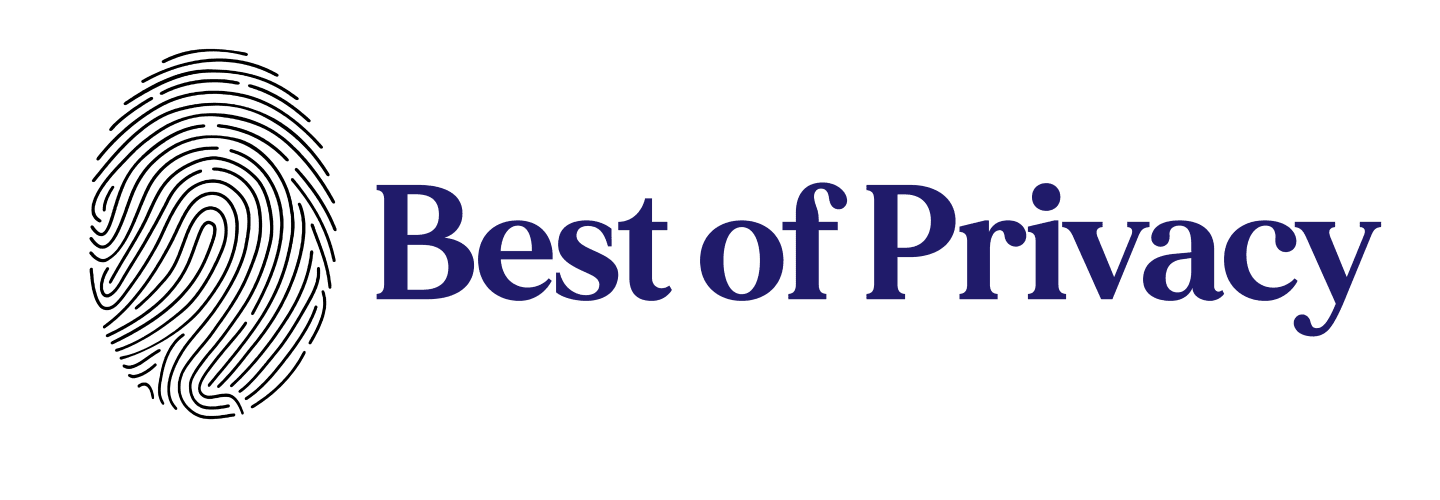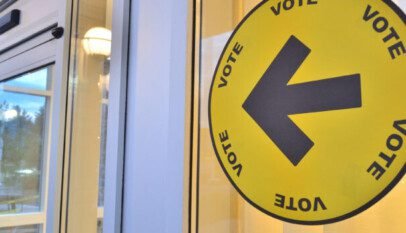
Dozens of states across the US are pinning their hopes on contact tracing to control the spread of the coronavirus and enable regions to reopen without sparking major resurgences of the outbreak.
Alaska, California, Massachusetts, New York, and others are collectively hiring and training tens of thousands of people to interview infected patients, identify people they may have exposed, and convince everyone at risk to stay away from others for several weeks.
Contact tracing is a proven tool in containing outbreaks of highly infectious diseases. But this particular virus could pose significant challenges to tracing programs in the US, based on new studies and emerging evidence from initial efforts. Stubbornly high new infection levels in some areas, the continued shortage of tests, and American attitudes toward privacy could all hamstring the effectiveness of such programs.
Driving down infection rates
The chief challenge with this coronavirus is its potential to spread exponentially: absent containment measures, every infected person on average will infect two or three others, according to most estimates (although some studies find it could be higher).
The goal of contact tracing, as well as social distancing, is to push down the number of people each infected person infects, creating an “effective reproduction number,” or Re, of 1 or less. At that point the number of new cases is flat or falling.
But contact tracers have to reach a significant portion of cases and contacts to really move those numbers.
A team in any given region would have to detect at least half of new symptomatic cases, and reach at least half the people they were in close contact with and encourage them to stay away from others, in order to reduce the transmission rate by 10% or more, according to a new model. (The work was published as a preprint on MedRxiv on May 8 but hasn’t been peer-reviewed yet.)
If they successfully detected 90% of symptomatic cases and reached 90% of their contacts—and tested all of them regardless of whether they had symptoms—it could reduce transmissions by more than 45%, the researchers found.
In other words, if social distancing in a given region had reduced infections per person from 2.6 to 1, this level of contact tracing could push it down to .55. Or the region could ease distancing measures by about half and keep infection levels constant.
“It gives us some room to be targeted and strategic in terms of the sorts of restrictions we have on business and commerce and social interactions,” says Joshua Salomon, a professor of medicine at Stanford and coauthor of the study.
Can we hit those kinds of figures? Salomon thinks it’s possible, but he adds that most of the nation doesn’t have the well-trained workers and data systems in place to achieve anything on that level yet.
Amassing armies
The success of contact tracing will depend on how big the teams are, how many new cases develop, and how readily people respond in any given community.
Reaching 90% of contacts, for instance, will be especially difficult in states and regions still grappling with lots of new infections. Take Massachusetts, which put to work a 1,000-person contact tracing task force at the beginning of the month. But new confirmed cases in the state are still generally exceeding 1,000 daily, and nearly reached 1,700 on Thursday, so every tracer on the team will need to track down and convince some multiple of that number to stay away from others every day. While shelter-in-place rules are in effect, that multiple may be only two or three people. But as regions relax social distancing measures, the average number of contacts for infected patients could rise to closer to 20.
NPR reported that 44 states and the District of Columbia now plan to bolster their contact tracing teams, collectively increasing them from about 11,000 today to more than 66,000 in the weeks ahead.
But that’s likely not going to be enough. The National Association of County & City Health Officials estimates that US tracing efforts will require 30 professionals for every 100,000 people (or more than 98,000 people nationwide).
Only seven states have plans that would reach that target, including California, New York, and Illinois, NPR found. Only one, North Dakota, meets it currently.
A bipartisan group of prominent health experts and public officials—including Bob Kocher, a former special assistant to President Barack Obama on health policy, and former Republican Senate Majority Leader Bill Frist—argue that the nation will need to go further than that. They called on Congress to set up a 180,000-person contact tracing workforce that would cost the federal government some $12 billion.
Technology can certainly supplement human contact tracing. Notably, smartphone apps that can inform someone who’s been in close contact with an infected person have helped nations like China and South Korea flatten the curve of their outbreaks.
But these tools need to be very widely used in order to make a meaningful difference. So there are serious doubts about how effective any of them could be in the US, given heightened cultural concerns about privacy and the fact that the government isn’t forcing people to use these apps.
Move fast and test things…
The privacy officer’s changing role in the age of innovation and AI
Key takeaways The privacy officer’s role has evolved from compliance to being a strategic …















